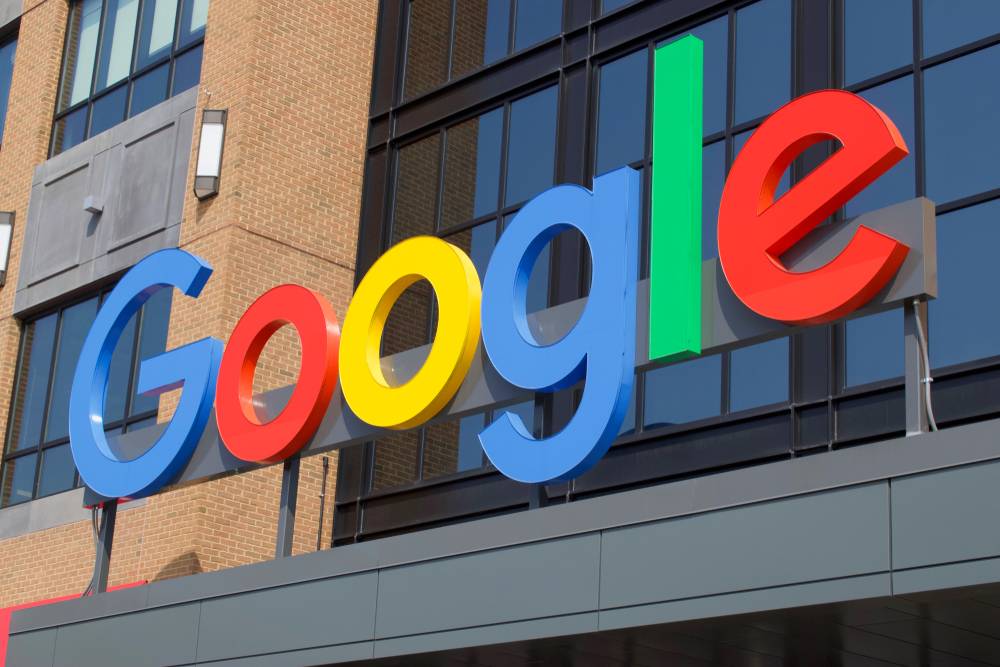After a U.S. court officially recognized Google as a monopoly in the online advertising market, the focus shifted to deciding what corrective measures would be appropriate. Google responded with its own plan, aiming to improve the segment without dividing its business. However, the U.S. Department of Justice (DOJ) countered with a more aggressive approach, urging the court to mandate that Google divest from its AdX advertising exchange and DoubleClick for Publishers (DFP), now known as Google Ad Manager.
The DOJ’s proposal suggests that Google sell two core elements of its advertising operations—AdX and DFP. According to the department, these services enable Google to maintain an unfair advantage and hinder competition. The DOJ argues that a full separation is necessary, citing the court’s April ruling, which found that AdX complicates switching for users on both sides of the ad exchange market. The proposal emphasizes that Google should sell AdX “as soon as possible” and require the platform to support interoperability with rival services. It also recommends that Google be barred from managing any advertising exchange for the next ten years.

In the case of DFP, the DOJ suggests a phased divestment. Authorities believe that this service coerces customers into using products they would otherwise avoid, reinforcing Google’s dominance. In response, the DOJ proposes a multi-step transition, beginning with the development of an API to enable integration with other advertising exchanges. The DOJ also wants Google to implement an export function, allowing publishers to move their data easily to other platforms.
The second stage of this transition would compel Google to open-source the program code used in final advertising auctions, while forbidding the company from reusing or adapting this code in any product—including DFP, Android, or Chrome. Finally, the remaining components of DFP would be transferred to an independent entity not affiliated with the purchaser of AdX.
The DOJ also wants Google to be prohibited from using data from third-party services—including YouTube, Gmail, Chrome, Android, and its search engine—to gain a competitive advantage. These measures are designed to create a more level playing field for other industry players.
Google Pushes Back Against DOJ Plan
Google, unsurprisingly, opposes the DOJ’s demands. The tech giant has issued a statement arguing that a forced business split is unnecessary. It claims that both AdX and DFP were legally acquired and that there was no intent to violate antitrust laws. The company also points out the complexity of divesting these services. Unlike physical assets, advertising technologies are deeply integrated into Google’s infrastructure, and simply transferring the source code would not be sufficient.
Instead, Google contends that completely rebuilding AdX and DFP to function independently would be required. According to the company, this process would take at least five years and demand significant resources, particularly programmers familiar with these systems—many of whom are already committed to their ongoing maintenance and development. The company warns that such a transition could harm clients relying on AdX and DFP during the lengthy restructuring process.
“To rebuild one or both services would take years,” Google said. “This will require substantial investment, including a limited pool of engineers familiar with these tools, who are currently working to support and improve them.”
To avoid this outcome, Google has proposed a set of alternative measures that stop short of splitting up the company, notes NIXSolutions. These include ending certain business practices and introducing changes aimed at improving competition. For example, Google is open to allowing competitors to participate in AdX bidding, eliminating unified pricing rules, and permitting publishers to set different prices for different bidders.
The ongoing legal process will determine whether these voluntary changes are enough to satisfy the court or if a more radical restructuring is necessary. The stakes are high, and the outcome could reshape the online advertising landscape. Yet we’ll keep you updated as more developments and potential integrations unfold.
